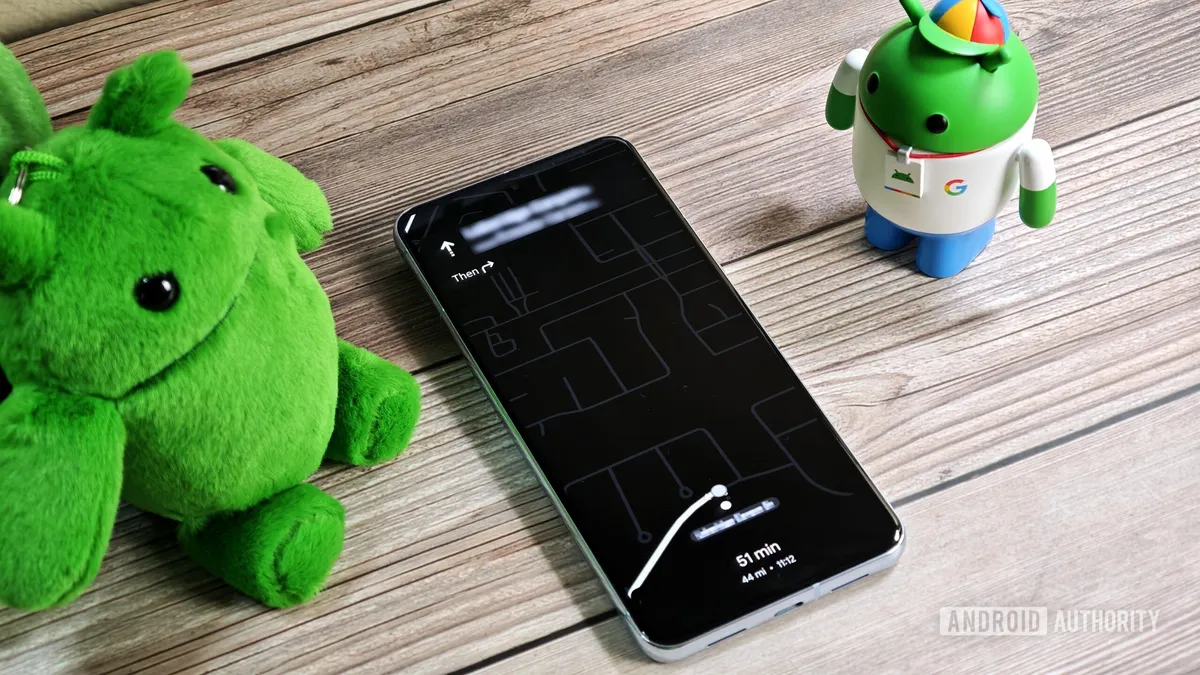
Google is in the process of developing an innovative feature known as “Min Mode” for its Always-On Display (AOD), which will empower apps to showcase their own minimal, persistent interfaces. This enhancement aims to deliver richer, glanceable experiences without compromising battery life, with Google Maps anticipated to be among the first applications to utilize this feature for low-power navigation.
Most Android smartphones come equipped with the Always-On Display (AOD) feature, which keeps the device's screen on continuously. This utility allows users to check the time and receive notifications at a glance, albeit at the cost of additional battery consumption. While Android's recent Live Updates feature has improved AOD functionality by offering enhanced visibility for certain notifications, users still find themselves needing to pick up their devices for full details.
To address these limitations, Google is working on a significant evolution of the AOD in the upcoming Android 17. The new Min Mode functionality is designed to allow applications to fully integrate with the AOD, providing a persistent display option. Recent code analyses have revealed that the Min Mode feature resides within the Android SystemUI package, which manages essential user interface elements that users interact with regularly, such as the status bar and notifications panel.
According to findings from the latest Android Canary release, the Min Mode is not a replacement for the existing AOD but rather a distinct feature that leverages the same ultra-low-power display state. This means that while the brightness, refresh rate, and color options are limited, Min Mode will enable applications to showcase a full-screen interface instead of the standard clock and notifications.
When the screen times out, the device typically reverts to the standard AOD, but it can transition to Min Mode if an application requests it. This functionality is application-aware; it identifies which app was active prior to the screen turning off and displays the designated component for AOD activation.
Developers can integrate Min Mode into their applications by registering a MinModeActivity in their app's Manifest file. This registration allows the app to communicate with the MinModeProvider in SystemUI to activate the Min Mode feature. To prevent screen burn-in, the system shifts pixels every 60 seconds, ensuring a smooth user experience.
Essentially, Min Mode facilitates persistent live activities on Android devices, allowing applications to deliver minimal, AOD-compliant interfaces that enhance user interaction while conserving battery life. This is particularly beneficial for apps like Google Maps, known for their high battery consumption due to the use of location services and mobile data.
Recent investigations suggest that Google Maps may be one of the first applications to implement the new Min Mode. The app is reportedly developing an ultra-minimalist power-saving mode that removes most user interface elements, presenting a monochrome display. While there are no direct links confirming this feature's connection to AOD Min Mode, evidence suggests a strong correlation, particularly with the activity name registered in the code.
The Min Mode feature is currently disabled at the system level and is unlikely to be available until the release of Android 17. This version is expected to introduce new developer APIs, allowing other developers to leverage the Min Mode functionality within their applications. As we await the official rollout, the Android community is eager to learn more about how this feature will evolve.
Stay tuned for updates on the Always-On Display Min Mode and its integration with Google Maps. We encourage you to subscribe to our Authority Insights newsletter for the latest information and insights. What are your thoughts on these upcoming features? Let us know in the comments below!